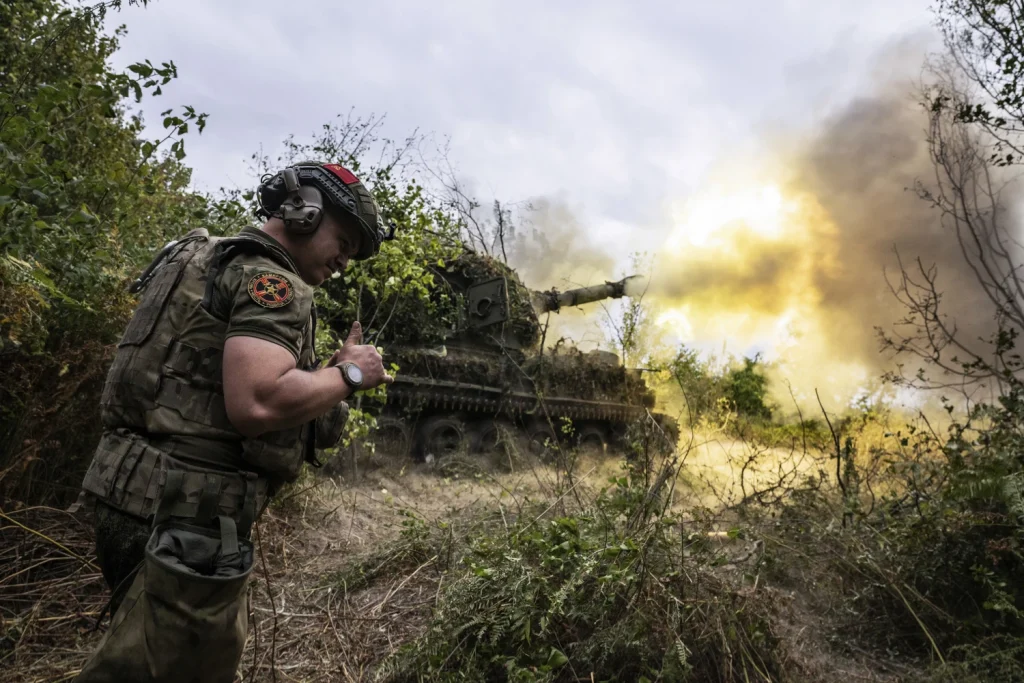Russia has launched a counteroffensive in the Kursk region in an attempt to reclaim territories lost to Ukrainian forces after a surprise cross-border attack last month. Despite the offensive being underway, it has yet to gain significant momentum.
Ukraine’s unexpected assault last month, which led to the capture of numerous settlements, surprised even Kyiv’s allies. However, experts have consistently warned that maintaining control over these areas would be challenging for Ukraine.
Geolocated footage confirms that Russian units have recaptured a few villages, but the overall situation remains highly fluid. The number and quality of Russian forces deployed in the region remain unclear, and reliable information from the frontlines is scarce.

Ukrainian President Volodymyr Zelensky acknowledged Russia’s counteroffensive, stating that Moscow intends to deploy between 60,000 and 70,000 troops in the Kursk region. The United States estimates that Russia would require as many as 20 brigades—approximately 50,000 troops—to push Ukrainian forces out of Kursk. However, Major General Pat Ryder, a spokesperson for the US Department of Defense, remarked last Thursday that Russia’s actions have been “marginal” so far, with no signs of the mass or quality of troops necessary for a swift Ukrainian expulsion.
Some elite Russian units, such as elements of the 51st Airborne Regiment, have been involved in the offensive. Geolocated videos show their participation in an assault last Thursday. Nevertheless, the Institute for the Study of War (ISW) believes that most of the Russian forces currently in Kursk lack significant combat experience.
Initial reports suggest that Russian forces may aim to isolate Ukrainian troops near the town of Korenevo before launching a larger-scale counteroffensive.
There are also indications that Ukrainian units may be preparing a new assault in a different part of Kursk, near the town of Veseloe, potentially as a tactic to divert Russian attention.
Robert Rose from the Modern War Institute at West Point suggests that Ukraine’s surprise offensives across the lightly defended border are part of a broader guerrilla warfare strategy aimed at exhausting Russian forces.
Despite Russia’s counteroffensive efforts and Ukraine’s mounting losses, Zelensky insists that the incursion into Kursk is strategically important. He argues that it has slowed Russian advances in eastern Donetsk, where the city of Pokrovsk remains under immediate threat.
Russian President Vladimir Putin continues his broader goal of fully capturing four eastern Ukrainian regions, which are currently only partially under Russian control. Most of the ongoing war’s fighting remains concentrated in this area.


